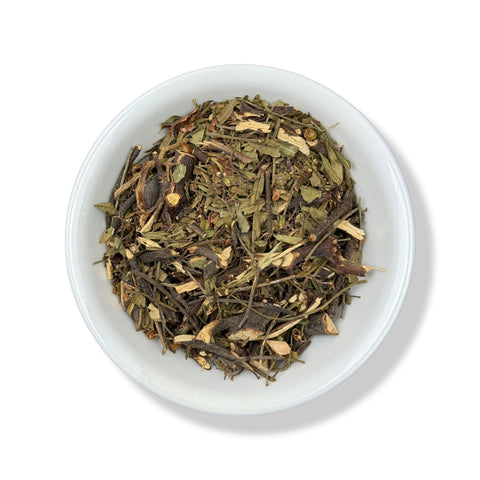
Pirul (Peruvian Pepper Tree)
- + Buy ANY 5 Products, Get 1 Free! *BULK Products Included*
- + 15-Day Money Back Guarantee
- + Get It Fast! Orders Ship Same Day
![]()
Botanical Name: Schinus molle
Origin: Mexico
Uncover the traditional uses of Pirul, also known as the Peruvian Pepper Tree, native to the arid zones of South America. This ancient tree is celebrated not only for its ornamental beauty but also for its medicinal leaves and berries. Pirul has been used in folk medicine to support respiratory health, alleviate pain, and act as an antiseptic. It is ideal for preparing herbal teas, tinctures, or topical applications.
Benefits
- Supports healthy respiratory function
- May reduce pain associated with headaches and muscle soreness
- Antiseptic Qualities: Both the leaves and berries have antiseptic properties. Pirul may prevent infections
These statements have not been evaluated by the Food and Drug Administration. This product is not intended to diagnose, treat, cure, or prevent any disease.
This product is intended for nutritional support. If pregnant, nursing, or taking medication, please consult with a health professional before use.
Keep out of reach of children.

